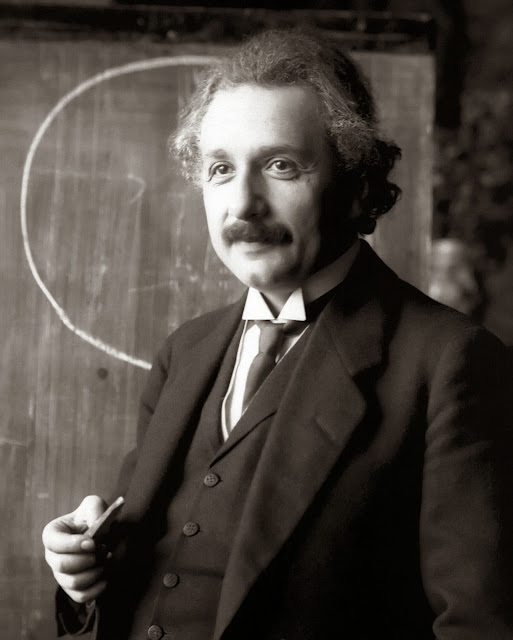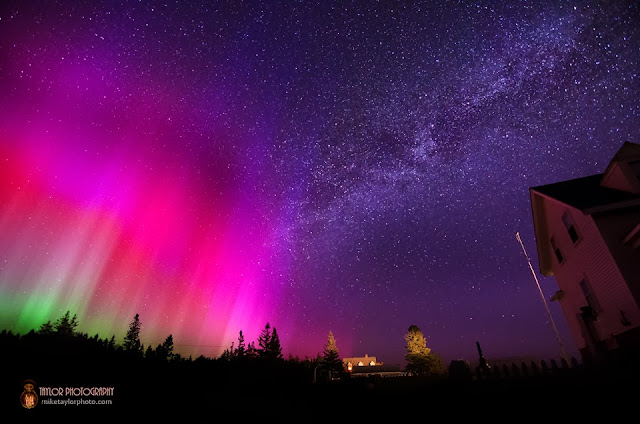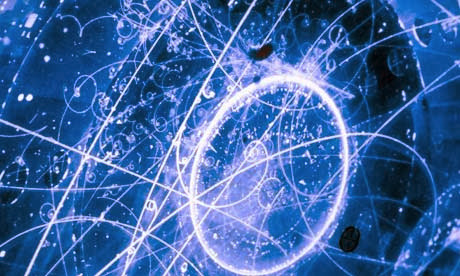Video Game Creators Are Using Apps To Teach Empathy
by STEVE HENN
November 20, 2013 4:34 PM
Much of the modern education reform movement has centered around the drive for data. Standardized tests now gauge whether children are at grade level seemingly every few months. Kids are observed, measured and sorted almost constantly.
In Silicon Valley, a $20 billion industry does much the same thing — but for a different purpose.
Video game design has become a data-driven industry where games evolve depending on how they are played.
Now, some game designers are hoping to take these new skills and apply them back to education. But not in a classroom — they want to teach with a game on an iPad.
From Football To FeelingsMore than 30 years ago, Trip Hawkins left Apple and founded Electronic Arts, the company behind EA Sports. The man who helped make Madden NFL a cultural icon now has a new vision for games: He wants to teach.
For sports video games, Hawkins brought game designers together with experts in the field — athletes and statisticians. Now he's bringing counselors into the mix. He wants to give those counselors data about what kids are actually doing in the games they play.
Analyzing data on how people play has become a huge part of the gaming industry.
"It's incredibly important," Hawkins says. "In the past you couldn't do it at all because the customer was playing a game in the basement on a machine that's not hooked up to the Internet. Once you bring the Internet into the equation, it's much easier to figure out what your problem is and how to improve the product."
So now, he says, they can apply that to other new markets, like education and social development.
Hawkins thinks a well-designed video game can teach kids empathy — how to listen to each other and control negative emotions. It could teach children basic skills that would ultimately help them get along better with each other and adults out in the real world.
Working Through FailureHawkins has gathered experts in social development and learning, and they're creating a new game called If. In the game, players visit an imaginary village called Greenberry.
"Greenberry is a world in which there are cats and there are dogs, and they don't get along well," says Jessica Berlinski, who helped design and write the game's story. "So part of the challenge is to figure out why, and then working to heal that."
As kids progress through the game, they begin to rebuild the village of Greenberry. And kind of like in Pokemon, they collect magical creatures who enhance their power.
Sometimes the creatures might die — but the game does something totally different: It helps them work through it. There's a virtual counseling session with a community leader, who teaches kids deep breathing exercises and has a dialogue about feelings of loss.
Berlinski, a founder of the educational tech company If You Can, says one goal of the game is to get kids to navigate interpersonal challenges and failures.
"The messaging that kids get in real life and certainly in schools is not that failure is OK — but in game environments, 80 percent of the time, gamers are failing, yet they are completely motivated to keep going," she says. "So something is going on there that is very positive. And we need to capitalize on that."
Will It Work?But Catherine Steiner-Adair, a clinical psychologist at Harvard and author of The Big Disconnect: Protecting Childhood and Family Relationships in the Digital Age, is concerned that kids and their parents already spend too much time on devices.
"Nothing — no new app, no new game — can replace the old truth, I think, that children thrive, that families thrive, in the context of healthy real-life relationships," she says.
Still, Steiner-Adair says, a game that helps kids practice skills like listening and working through difficult emotions might be useful if it's played in moderation. "I am cautious, but I am guardedly optimistic that there could be some kind of computer game that could strengthen children's social and emotional intelligence," she says.
In the end, even Hawkins is the first to admit that kids won't actually play this game or learn anything unless the game is fun.
And building a kind of virtual counseling session into a fun video game is a tough trick.















